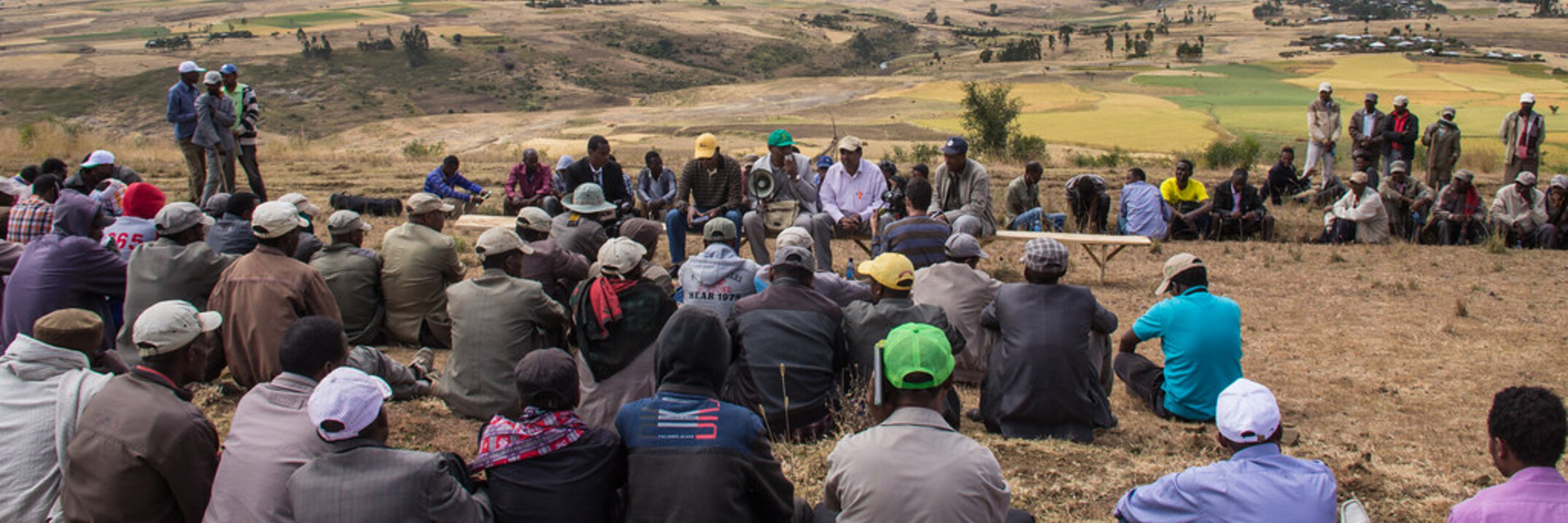The nuclear-encoded species cytoplasm specific (scs) genes control nuclear–cytoplasmic compatibility in wheat (genus Triticum). Alloplasmic cells, which have nucleus and cytoplasm derived from different species, produce vigorous and vital organisms...


